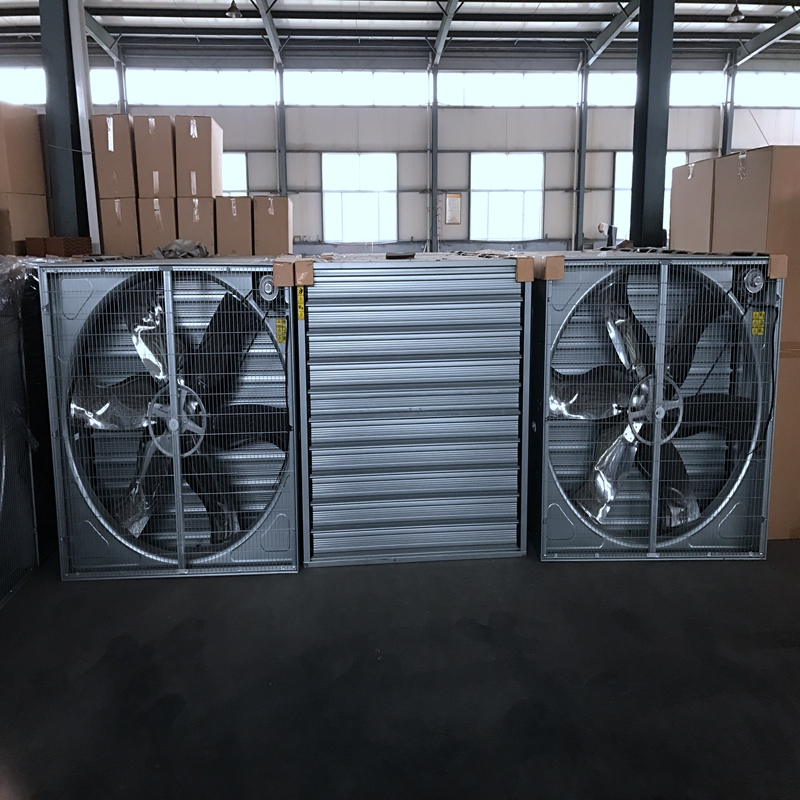Efficient Solutions for Mixing Livestock Feed and Ensuring Optimal Nutrition
Dec . 12, 2024 17:51 Back to list
Efficient Solutions for Mixing Livestock Feed and Ensuring Optimal Nutrition
The Importance of Livestock Feed Mixers in Modern Agriculture
In the rapidly evolving world of agriculture, the efficiency and effectiveness of livestock feed production are paramount for ensuring the health and productivity of animals. Livestock feed mixers have emerged as essential equipment in this domain, revolutionizing how farmers and livestock producers formulate and distribute feed. This article delves into the significance of livestock feed mixers, their operational principles, and their impact on livestock management.
Understanding Livestock Feed Mixers
Livestock feed mixers are machines specifically designed to blend various feed ingredients uniformly. These mixers are crucial for producing balanced diets tailored to the nutritional needs of livestock, including cattle, sheep, goats, poultry, and swine. The formulation process is vital because it ensures that animals receive the necessary nutrients, vitamins, and minerals essential for growth, reproduction, and overall health.
Feed mixers come in various designs, notably horizontal and vertical mixers, each offering unique advantages depending on specific needs. Horizontal mixers allow for larger batches and quicker mixing times, while vertical mixers are often more efficient for smaller operations, ensuring thorough blending of ingredients.
Nutritional Accuracy and Consistency
One of the primary advantages of using a livestock feed mixer is the ability to achieve accurate and consistent feed formulations. In today's livestock industry, where nutrition significantly influences productivity, inconsistency can lead to imbalances that negatively affect animal health and performance. This unpredictability can result in poor weight gains, lower milk production, and increased susceptibility to diseases.
With precision mixing capabilities, these machines help farmers achieve nutritional targets, reducing the risk of deficiencies and excesses in the diet. Farmers can integrate a variety of ingredients, including grains, forages, protein meals, vitamins, and minerals, ensuring that each animal receives a diet formulated to meet its specific needs.
livestock feed mixers

Enhancing Efficiency and Reducing Labor Costs
Incorporating livestock feed mixers into feeding operations streamlines the feed production process, significantly enhancing efficiency. Traditionally, mixing feed was a labor-intensive task that often required manual labor. This method can lead to inconsistencies in the mixing process and increases the potential for human error.
Modern feed mixers automate this process, reducing labor costs and allowing farmers to focus on other critical areas of their operations. Additionally, the time saved through efficient mixing can be redirected toward livestock management, herd health monitoring, and breeding programs, ultimately driving productivity.
Improving Feed Quality and Reducing Waste
Feed quality is paramount in livestock production. Quality issues in feed can lead to poor animal performance and waste, impacting a farm's profitability. Livestock feed mixers play a crucial role in ensuring that feed is not only mixed properly but also of high quality. By ensuring uniformity, these mixers reduce feed segregation that can occur during storage and feeding.
Moreover, by optimizing feed formulations and enhancing the efficiency of feed mixing, farmers can significantly reduce waste. Mixing only what is necessary for feeding can minimize leftover feed, which can spoil and lead to financial losses. Properly mixed feed that meets the nutritional needs of livestock further ensures that animals receive a balanced diet without excesses that could lead to health issues.
Conclusion
Livestock feed mixers are vital tools in modern agriculture, and their impact is profound. They enhance nutritional accuracy, improve feed quality, reduce labor costs, and minimize waste, making them indispensable for livestock producers. As the demands for efficient and sustainable livestock production continue to rise, investing in advanced feed mixing technology will be crucial for farmers aiming to maximize productivity and profitability. As innovation in feed mixing equipment advances, we can expect even more improvements in animal nutrition and overall agricultural efficiency, thereby supporting the sustainable growth of the livestock industry.
-
Hot Sale 24 & 18 Door Rabbit Cages - Premium Breeding Solutions
NewsJul.25,2025
-
Automatic Feeding Line System Pan Feeder Nipple Drinker - Anping County Yize Metal Products Co., Ltd.
NewsJul.21,2025
-
Automatic Feeding Line System Pan Feeder Nipple Drinker - Anping County Yize Metal Products Co., Ltd.
NewsJul.21,2025
-
Automatic Feeding Line System - Anping Yize | Precision & Nipple
NewsJul.21,2025
-
Automatic Feeding Line System - Anping Yize | Precision & Nipple
NewsJul.21,2025
-
Automatic Feeding Line System-Anping County Yize Metal Products Co., Ltd.|Efficient Feed Distribution&Customized Animal Farming Solutions
NewsJul.21,2025






